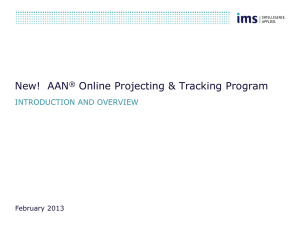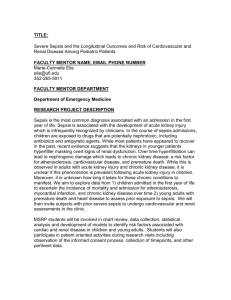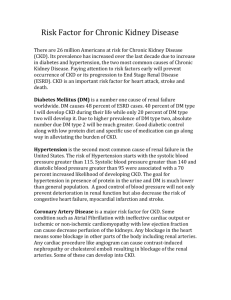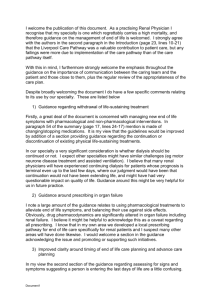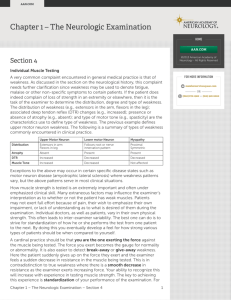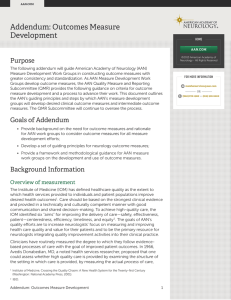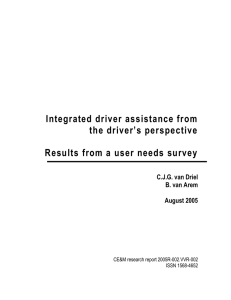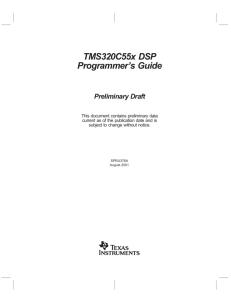DOCX ENG
advertisement
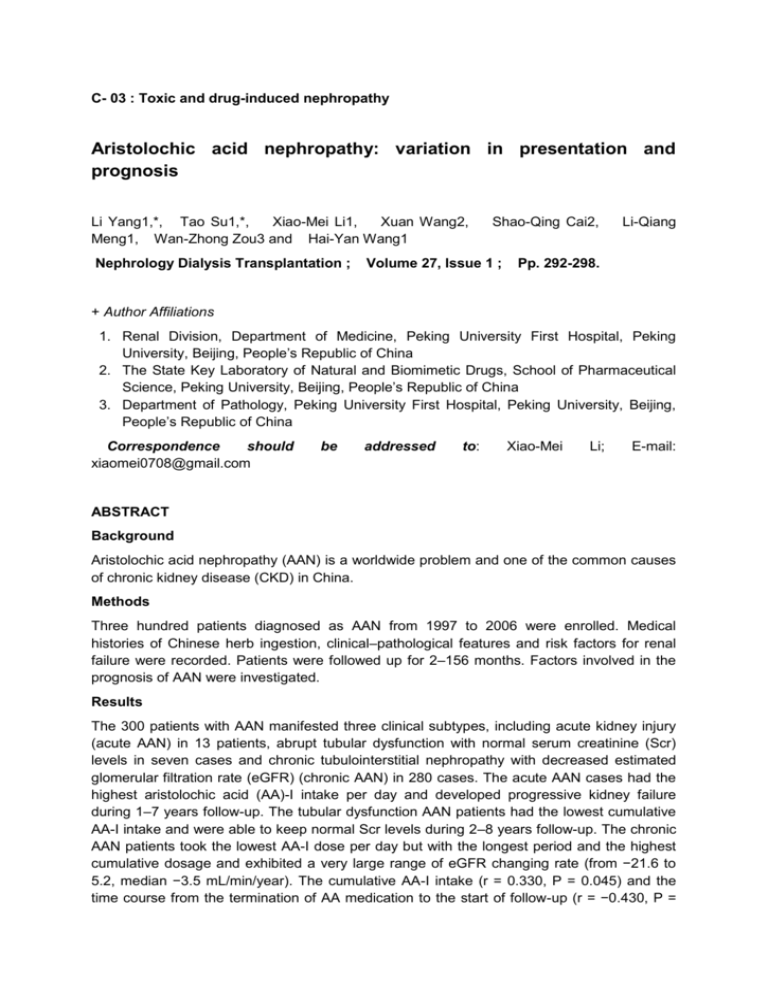
C- 03 : Toxic and drug-induced nephropathy Aristolochic acid nephropathy: variation in presentation and prognosis Li Yang1,*, Tao Su1,*, Xiao-Mei Li1, Xuan Wang2, Meng1, Wan-Zhong Zou3 and Hai-Yan Wang1 Nephrology Dialysis Transplantation ; Shao-Qing Cai2, Volume 27, Issue 1 ; Li-Qiang Pp. 292-298. + Author Affiliations 1. Renal Division, Department of Medicine, Peking University First Hospital, Peking University, Beijing, People’s Republic of China 2. The State Key Laboratory of Natural and Biomimetic Drugs, School of Pharmaceutical Science, Peking University, Beijing, People’s Republic of China 3. Department of Pathology, Peking University First Hospital, Peking University, Beijing, People’s Republic of China Correspondence should xiaomei0708@gmail.com be addressed to: Xiao-Mei Li; E-mail: ABSTRACT Background Aristolochic acid nephropathy (AAN) is a worldwide problem and one of the common causes of chronic kidney disease (CKD) in China. Methods Three hundred patients diagnosed as AAN from 1997 to 2006 were enrolled. Medical histories of Chinese herb ingestion, clinical–pathological features and risk factors for renal failure were recorded. Patients were followed up for 2–156 months. Factors involved in the prognosis of AAN were investigated. Results The 300 patients with AAN manifested three clinical subtypes, including acute kidney injury (acute AAN) in 13 patients, abrupt tubular dysfunction with normal serum creatinine (Scr) levels in seven cases and chronic tubulointerstitial nephropathy with decreased estimated glomerular filtration rate (eGFR) (chronic AAN) in 280 cases. The acute AAN cases had the highest aristolochic acid (AA)-I intake per day and developed progressive kidney failure during 1–7 years follow-up. The tubular dysfunction AAN patients had the lowest cumulative AA-I intake and were able to keep normal Scr levels during 2–8 years follow-up. The chronic AAN patients took the lowest AA-I dose per day but with the longest period and the highest cumulative dosage and exhibited a very large range of eGFR changing rate (from −21.6 to 5.2, median −3.5 mL/min/year). The cumulative AA-I intake (r = 0.330, P = 0.045) and the time course from the termination of AA medication to the start of follow-up (r = −0.430, P = 0.009) were found to be independent factors correlated with the decrease rate of eGFR in the chronic AAN patients. AA and the metabolites could be detected in a high frequency in patients who had stopped herbal medication for 1 year, which indicates a rather long washout time for these chemicals. Conclusions AAN has variant phenotypes with distinct prognosis, which is determined by the variable AA medications. With better understanding of toxic and environmental causes for kidney injury, there would be a better chance to uncover the causal factors of cases of ‘CKD without known causes’ which is crucial for improving the disease outcomes. Key words aristolochic acid aristolochic acid nephropathy chronic kidney disease prognosis COMMENTS Some 20 years ago, the mystery of « chinese herbs inducing chronic renal disease » was elucidated by the team of J.L. Vanherveghen in Bruxelles. Aristolochic acid nephropathy (AAN) has been a recognized cause of progressive chronic kidney disease (CKD) .The typical feature of AAN was described as extensive interstitial fibrosis and severe loss of the renal tubules along with a rapid progression to end-stage renal disease . The 2-year renal survival rate has been reported to be only 17%, which is much worse than the outcome for other tubulointerstitial nephropathies. Thereafter the discovery ot arachidonic acid nephrotoxicity, this agent was proven to induce carcinoma of the urinary tract. This report coming from China describes a cohort of patient treated by « chinese herbs ».who developed renal toxicity. Through a prospective observational study involving 300 patients with AAN for a period between 2 and 156 months (median 60 months), this paper describes a variety of clinical phenotypes of AAN, along with their distinct prognosis and associated risk factors for progression of disease. Few patients had renal biopsy. Three subgroups were individalized on clinical background : patients presenting with acure renal failure, those with terminal chronic renal failure and the majority of the patients with mixture of clinical symptoms associated with increased levels of plama creatinine included in the group so-called ‘tubulo-interstitial nephropathy’ What is called ‘phenotype’, is only clinical changes in evolving renal insufficiency. Besides its epidemiological interest, this article confirms clinical presentations well described previously. Pr. Jacques CHANARD Professor of Nephrology
